Cubic zirconia and zircon: what's the difference?
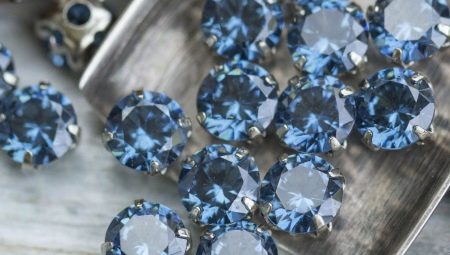
The first quantum generator (laser) in the USSR used a ruby (corundum) crystal to produce a beam. At the height of the Cold War (1979-1987), tests of a powerful ruby laser within the SDI program ended in failure: when the gas-discharge lamp was replaced with a plasma torch, the ruby rod simply overheated and charred. Scientists were faced with the task of looking for a worthy replacement for the ruby.
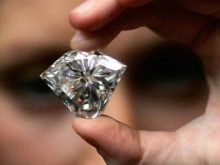
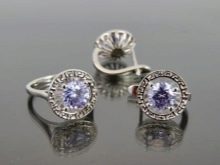
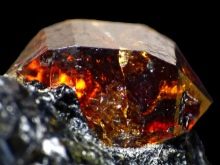
The main differences and properties of stones
Later, the FIAN scientists decided to take garnet as a model for creating a molecular lattice with the required properties. This mineral, in contrast to ruby, had a much greater stability of the laser radiation frequency and better resistance to short-term overheating. And the artificial single crystal synthesized by scientists in 1970 for a high-power laser was named cubic zirconia (in honor of the Physics Institute of the Academy of Sciences).
The crystal lattice of cubic zirconia under an electron microscope is very reminiscent of the Rubik's cube, known from childhood. Enterprising jewelers quickly took cubic zirconia "into use" and adapted it for their practical purposes.
Jewelry factories and sellers of gold and silver products with inserts of cheap artificial stones, obsessed with the sole goal of increasing sales, in their articles and popular reviews with a pronounced PR connotation when describing the properties and origin of cubic zirconia and zircon, deliberately brought confusion into the mind of the reader on the verge of substitution of concepts.
That is why, for many, cubic zirconia and zircon are actually synonyms. However, this is not at all the case. To make it easier to understand the article, we will formulate the main properties of stones.

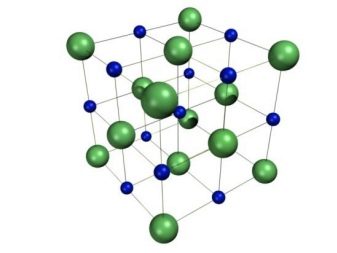
Cubic zirconia is an artificial mineral, its hardness is only slightly inferior to diamond and corundum. It is not found anywhere in nature.It needs constant care, when rubbing against clothes, it is easily electrified, attracts fine dust. When oil or sebum gets on the surface of the crystal (when wearing a pendant or amulet with cubic zirconia on a chain), the stone loses its transparency. To restore the properties, the oil must be washed off with soapy water, the surface of the stone must be wiped with a dry woolen cloth without the use of abrasives.

Zirconium (Zr40) is a shiny gray metal with an atomic weight of 40, resistant to corrosion, high temperatures, and radioactive radiation. It is used in production for the manufacture of parts subject to high mechanical stress, high or low temperatures, high pressure, deep vacuum, radioactive radiation.
Zircon is an igneous mineral in terms of chemical composition, it is zirconium orthosilicate (ZrSiO4), has high strength, is resistant to high temperatures, aggressive chemical liquids, does not require special maintenance. The following types of zircon look the most beautiful:
- golden yellow jargons;
- red hyacinths;
- blue starlites.
There are also blue, green, black zircons with a pearlescent luster.
Zircon is superior to cubic zirconia in luster and color play inside the crystal. In terms of cost, it is also significantly more expensive than its "synthetic twin".
Very often, at the counter of a jewelry store, you can hear the conversation of women who, choosing jewelry, say: "It's a pity that cubic zirconia, zircon would be better." Considering the desire of young girls and women who want to purchase zircon jewelry, jewelry manufacturers have come up with a very subtle marketing ploy.
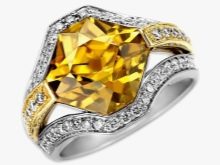
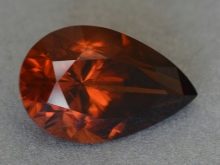
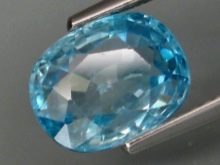
On the assay tag of a gold or silver ring with an insert of cubic zirkonia opposite the name of the material, it is written in abbreviated form "the circus. CZ "or" circus. cubic meter ". Seeing the first word "zirconium", the buyer thinks that the insert is made of natural stone (zircon) and analyzes the second word thoughtfully. As a result of simple manipulation with the substitution of concepts, instead of a natural precious stone, the buyer acquires its artificial analogue - cubic zirconium (the trade name of cubic zirconia).

How can you easily distinguish cubic zirconia from zircon?
How to understand what material the stone is made of: from valuable zircon or more affordable cubic zirconia? Experienced jewelers can instantly identify the authenticity of a piece of jewelry by the following visual characteristics:
- natural zircon strongly refracts rays of light, small text cannot be read through it, and the text is very clearly visible through cubic zirconia;
- in a natural mineral in bright light, small air bubbles and dark inclusions are noticeable, and cubic zirconia does not contain any impurities.
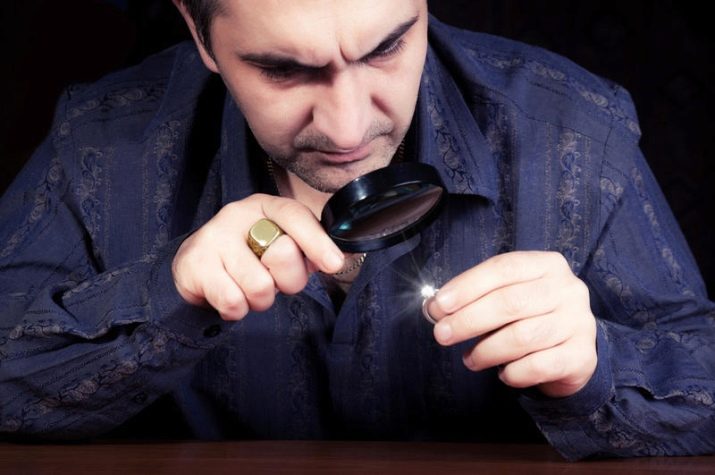
Cubic zirconia Swarovski
The well-known Austrian company Swarowski Crystal produces expensive high-quality imitations of various gemstones. Initially, this brand made imitation crystal from silicon dioxide, lead salts and sulfur oxide. Swarowski's cubic zirconia cutting technology was developed in 1956 by the company's jewelers in collaboration with the Christian Dior fashion house.
The technology and quality of production in the company have reached such a level that imitation of Swarowski jewelry from real stones can be distinguished by high-level specialists exclusively with the help of special equipment.
To confirm the authenticity of products on a small polished area using a laser Swarowski engraving must be applied.
Spraying a thin layer of titanium or silver on the bottom edge of the crystal from Swarowski enhances the brilliance and play of color by repeatedly reflecting the light beam inside the crystal. Swarowski cubic zirconias (Swarowski Zirconia) and Swarowski crystals (Swarovski Crystal) are completely different stones.
The former are inexpensive diamond-cut zirconium dioxide, the latter are a crystalline substance with a complex chemical composition.For the sake of fairness, it is worth noting that the brand's artificial cubic zirconias are no less popular with the fair half of humanity than original jewelry, which not everyone can afford.

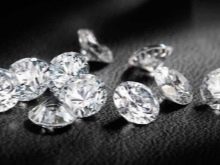

Which stone should you choose?
Cubic zirconia and zircon differ from each other in a number of properties:
- cubic zirconia is more transparent, does not contain haze and impurities;
- cubic zirconia is slightly cheaper than zircon;
- cubic zirconia and zircon require periodic care, especially if the jewelry is worn on the body; from contact with fatty secretions of the skin, the stone loses its transparency, which is restored after washing in soapy water and polishing with a woolen cloth;
- zircon has a lower hardness compared to cubic zirconia; when dropped from a great height, cracks and chips are possible;
- zircon refracts rays more strongly, in the sun it has a deeper play of colors in comparison with cubic zirconia.
From the above, we can draw conclusions:
- due to the difference in price, cubic zirconia is a cheaper option for a full replacement of zircon when buying jewelry or when choosing a tool with a diamond head;
- in terms of physical and chemical properties, the stones are almost identical.
Of course, the final choice in favor of cubic zirconia or zircon completely depends only on the financial side of the issue or the personal preferences of the buyer.

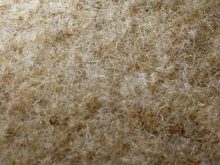
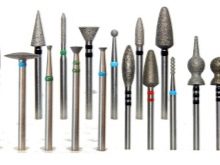
See below for more details.








